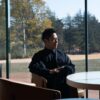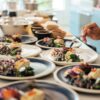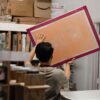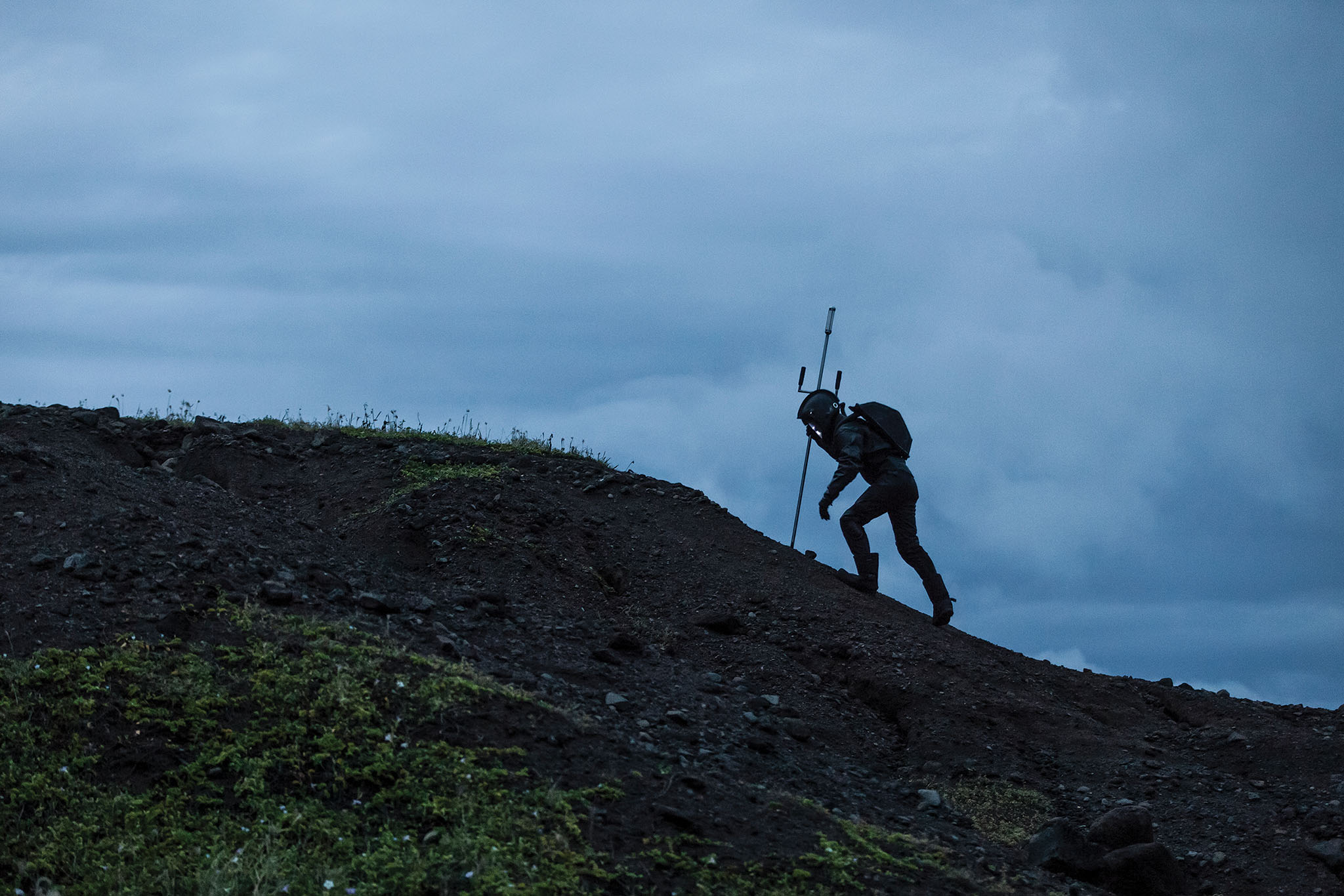Text by Alexis Cheung
Images by John Hook, Brandyn Liu, and courtesy of the creatives
Every city contains an element that somehow calcifies into the most widely exportable cliché: Los Angeles has Hollywood; New York has finance; Hawai‘i has surfing. Hawai‘i, with its famed natural beauty, is better known by outsiders as a destination for water sports, a vacationer’s “paradise,” or a real estate developer’s dreams. Yet a group of Hawai‘i-based creative directors are proving that the islands are a fertile ground for the creative industry too.
Using their chosen avenues of expression—branding, publishing, wayfinding, production—these individuals are generating work that pushes against the stereotypical aesthetic of lovely hula hands and beach boys, which has dominated the popular imagination about Hawai‘i since the mid-century. Instead they represent a push toward a more authentic vision of the archipelago that gained steam during the Hawaiian Renaissance of the 1970s, one that incorporates Hawai‘i’s distinct culture—derived from Indigenous Kānaka Maoli (Native Hawaiians) and a longstanding immigrant community—and its complex history and politics—in which sovereignty, land, and water rights are ongoing conversations—to create work that is grounded in people and place.
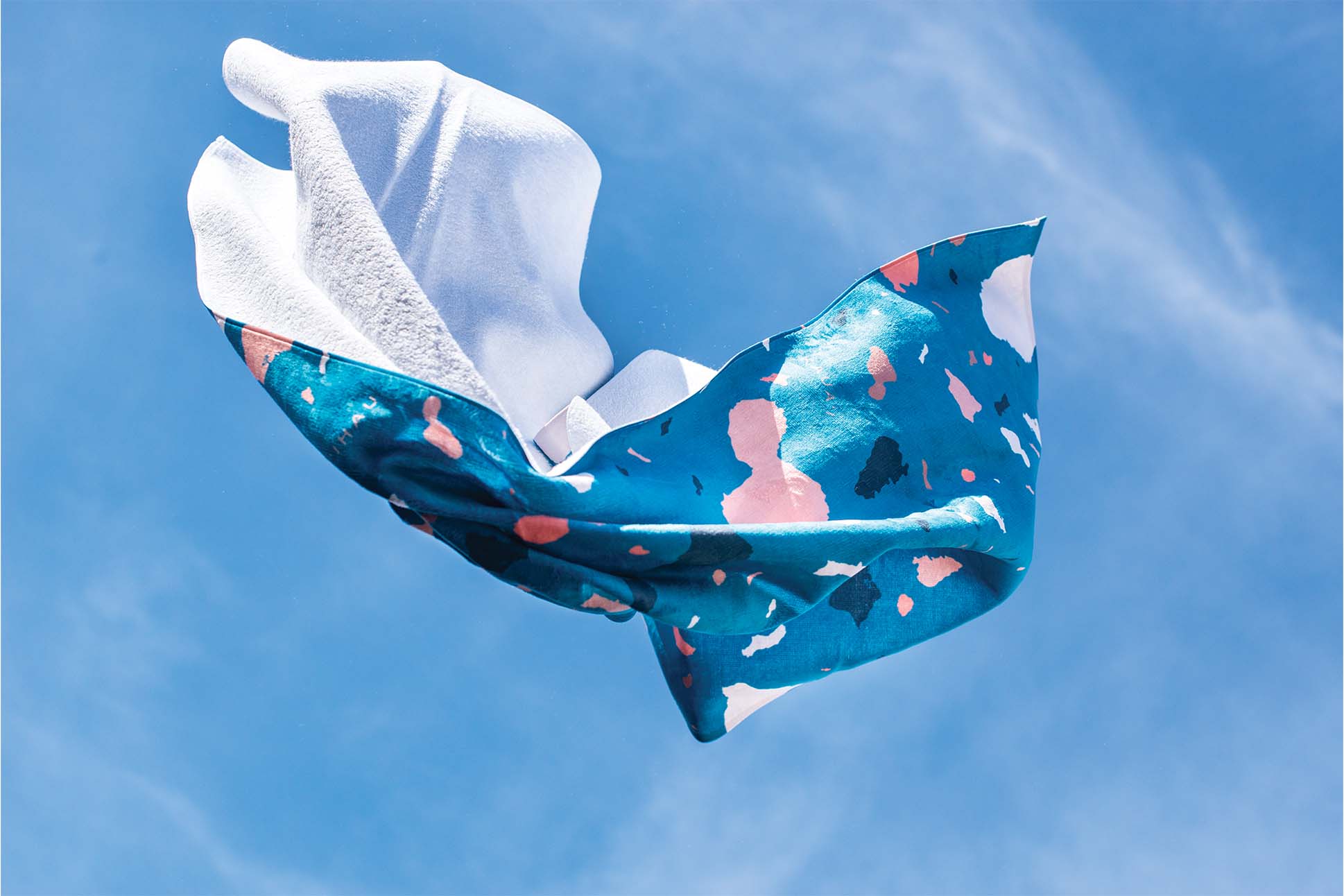
In this way, Hawai‘i provides boundless inspiration, a vital element for any creative. Working here, though, isn’t without challenges. The market is smaller than others on the continent, with generally fewer artistic opportunities. Only one university has a BFA program, and there’s a general lack of institutional and public support. Then there’s the exorbitantly high cost of living, rivaling major cities, combined with overall lower wage rates and salaries. SmartAsset, an online resource for consumer-focused financial information, found that individuals in Honolulu must make $53.80 per hour (the current minimum wage is $14) and couples with two kids must make $299,520 per year to live comfortably using the 50/30/20 rule.
Yet it’s always been difficult to be creative, regardless of time and place. Rather than dwell on the downsides, we asked this select group, who represent a sliver of the industry at large, about their missions, approaches, hopes, and industry insights to paint a more nuanced portrait of living, working, and producing creative work in Hawai‘i today.
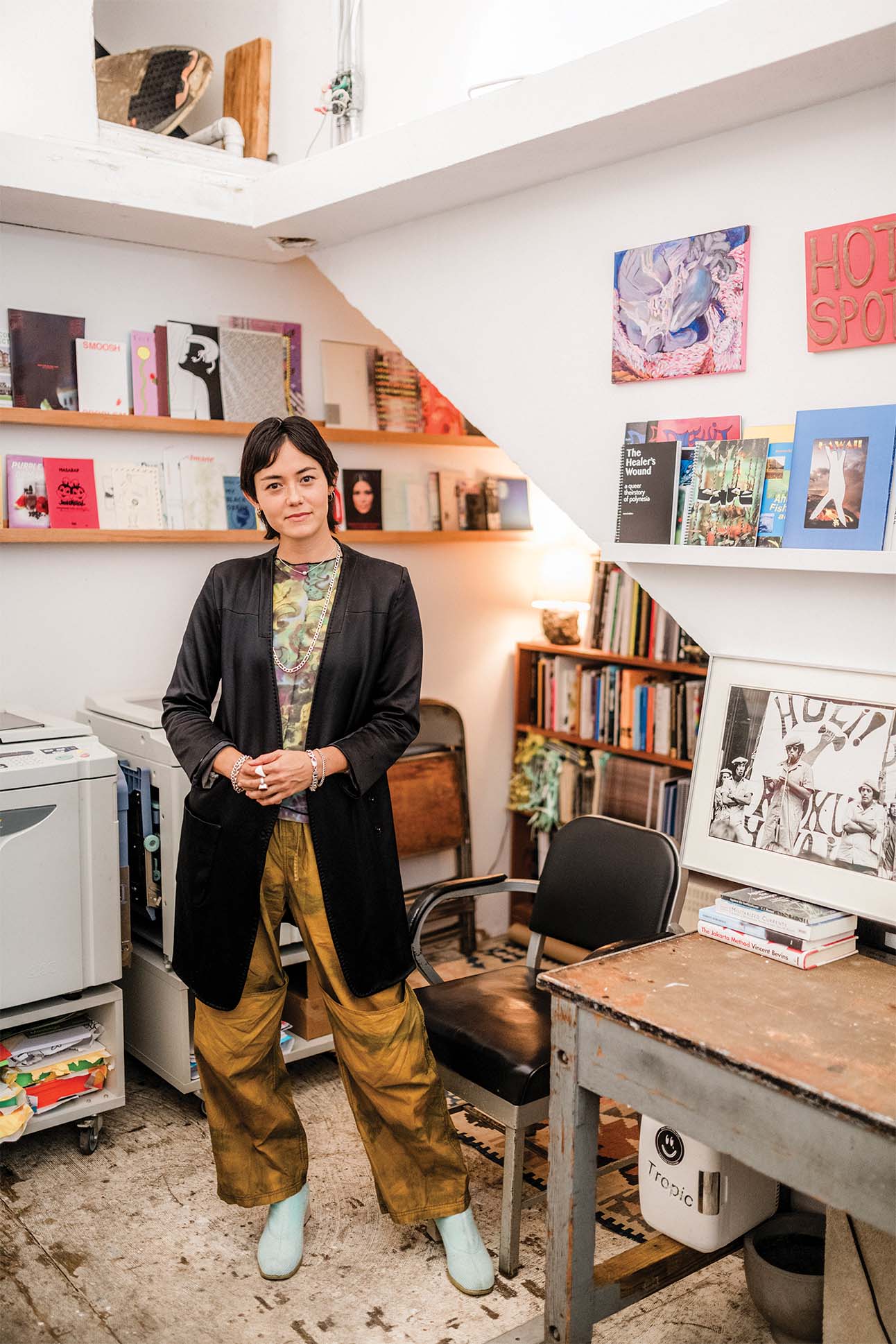
Marika Emi
Founder & Executive Director, Tropic Editions
Born: O‘ahu
Raised: O‘ahu, Maine, Japan
Her project’s elevator pitch: A publishing imprint for artists’ books and a platform for critical, experimental voices in Hawai‘i and throughout the tropical diaspora
On how being from Hawai‘i impacts her work
“I am not Indigenous, nor would I claim that I am ‘of’ place, but having generational family roots in Hawai‘i has allowed me to access a certain point of view and sensitivity to issues of place that shape how I operate as a person and, by extension, how I operate professionally. I prioritize narratives that feel as complex and multilayered as the issues of Hawai‘i. I embrace hybridity and queer identity, rather than falling into categorizations that constrict and oppress. The culture of Hawai‘i is fluid and alive—it is not a historical footnote.”
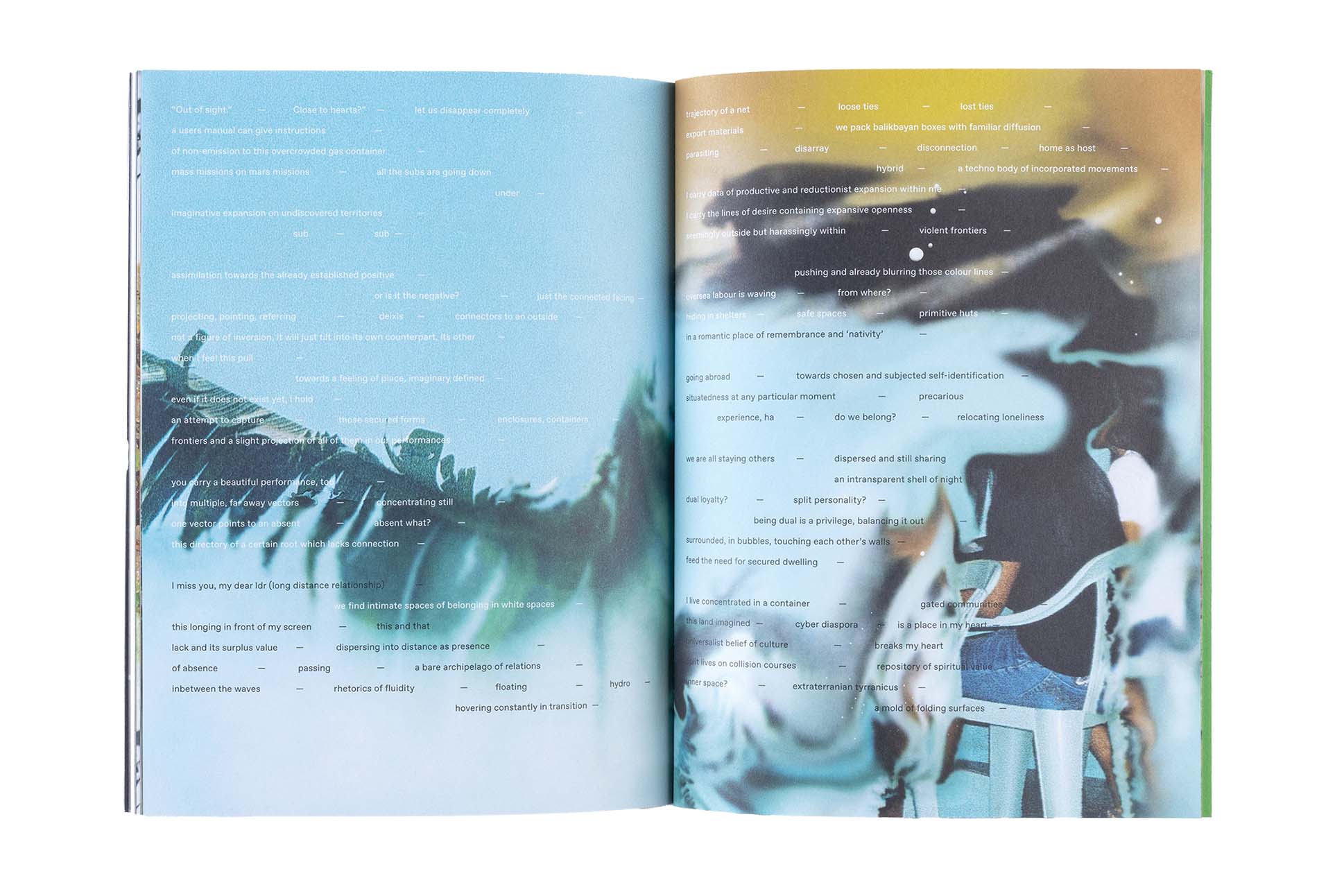

On her creative mission and hopes for the industry’s future
“My entire creative project is about upending the kind of careless appropriation and aestheticization of the tropics that have exploited and silenced native cultures—work that has been done, more often than not, by branding and marketing teams, and executed by creative directors, here and elsewhere. I hope that the industry sees the importance of hiring people of place. But even more so, I hope that the industry can see past its own capitalist intentions and play a more active role in actually supporting creative community here, and to steward the ideas and people of Hawai‘i.”
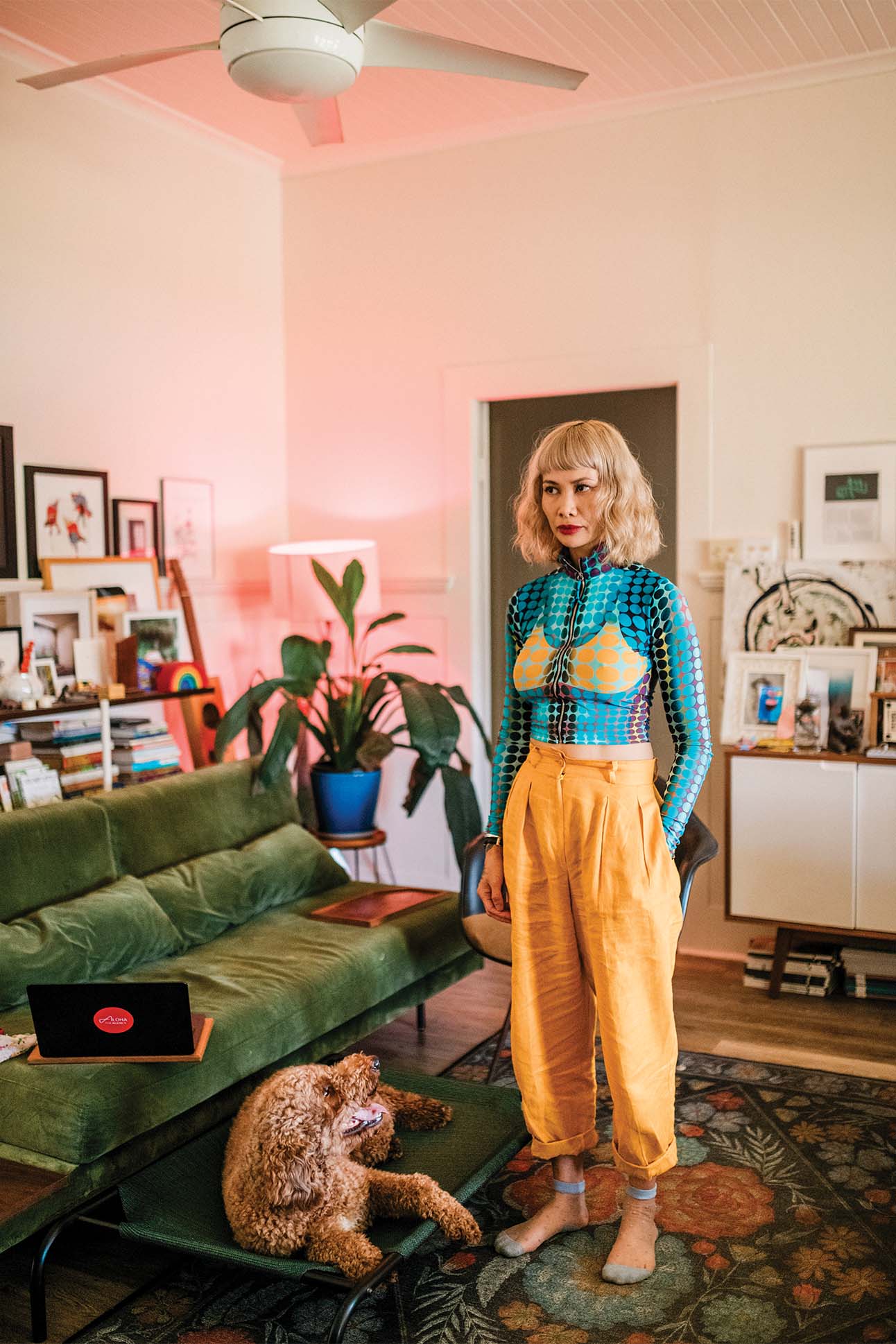
Ara Laylo
Brand, BoxJelly
Born: Philippines
Raised: Germany, Maryland, Philippines, Hawai‘i
Her multi-hyphenates: Designer, stylist, educator, event producer, creative consultant,
typography lecturer, mom
On if it’s easier or harder to be a creative director in Hawai‘i today
“I feel like there’s a suggestion that being based in Hawai‘i is a disadvantage, and I don’t subscribe to that thought at all. Hawai‘i has a rich legacy of nurturing remarkable talent across various creative fields. But there is an interesting dynamic. It’s as if there’s a constant need for our artistic expressions to be vetted and approved by other cities. Ironically, these same outside observers frequently claim to be inspired by Hawai‘i’s unique sense of place, yet they also assert their supposed superiority over our island home when it suits their narrative. My goal is to embrace and cultivate my authentic self and continuously question and explore what it truly means to be me in this extraordinary place.”
On her hopes for Hawai‘i’s creative industry
“My hope is that our state government recognizes the immense value of the creative industry by investing more in public education from K–12, as well as UH Mānoa, that goes beyond Hawai‘i’s Common Core Standards. It is crucial that the state acknowledges the power of art and design as invaluable tools for problem-solving, storytelling, mentorship, and innovation, particularly in the integration of AI into creative processes. By nurturing these disciplines, we can unlock new avenues to balance the state’s financial growth and our relationship with the land, its history of indigenous land dispossession, and its people.”
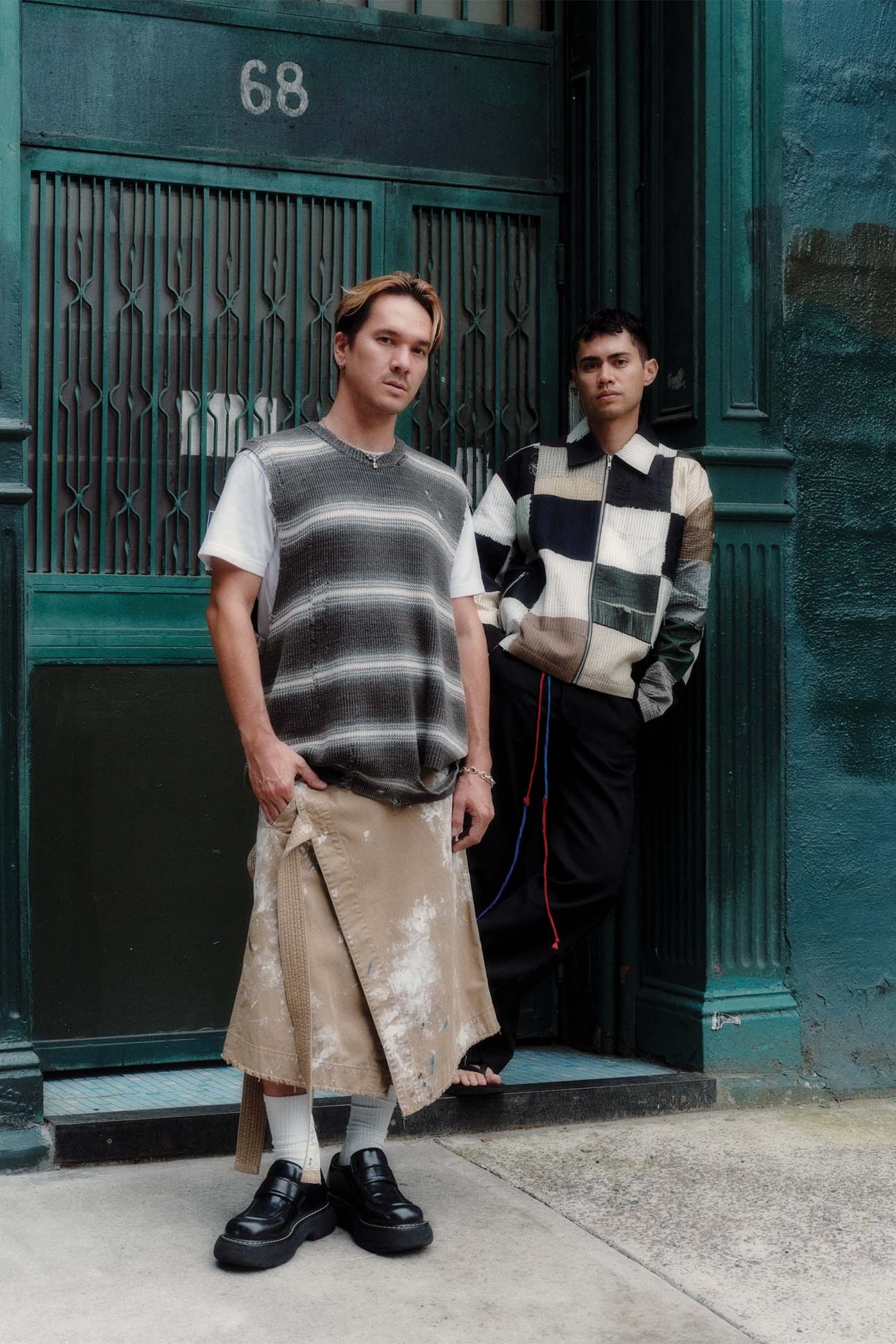
Ben Perreira & Taylor Okata
Founders, Passionfruit
Born and raised: Kona (Ben), O‘ahu (Taylor)
Claim to fame: Creative consultants for Jacquemus “Le Splash” F/W 2022 show held in Kualoa
On building cultural bridges
“We don’t want to have that conversation of, ‘If you’re creative you have to leave to make a living.’ Our hope is to bridge that by helping people make livelihoods through our connections with clients from the mainland and Europe while also teaching those same clients the political and social nuances of Hawai‘i. We want to give creatives here the opportunities to see and experience and be part of shoots where they are involved in the conversation and decision-making.”—Ben Perreira
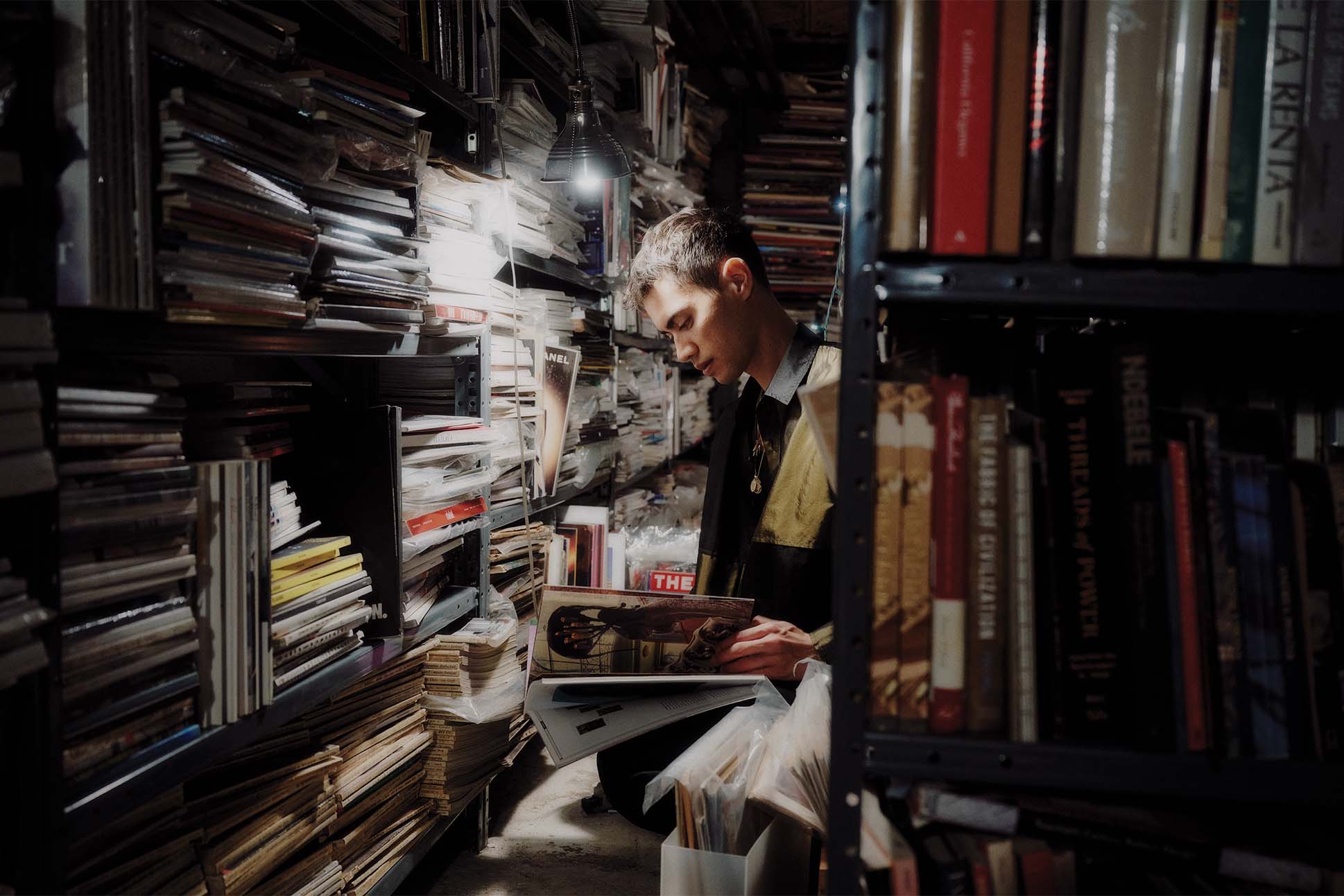
We’re bringing informational knowledge and cultural nuance from both perspectives, which is what our unique position offers. We’re not just people from Hawai‘i, and we’re not just New Yorkers.
Ben Perreira
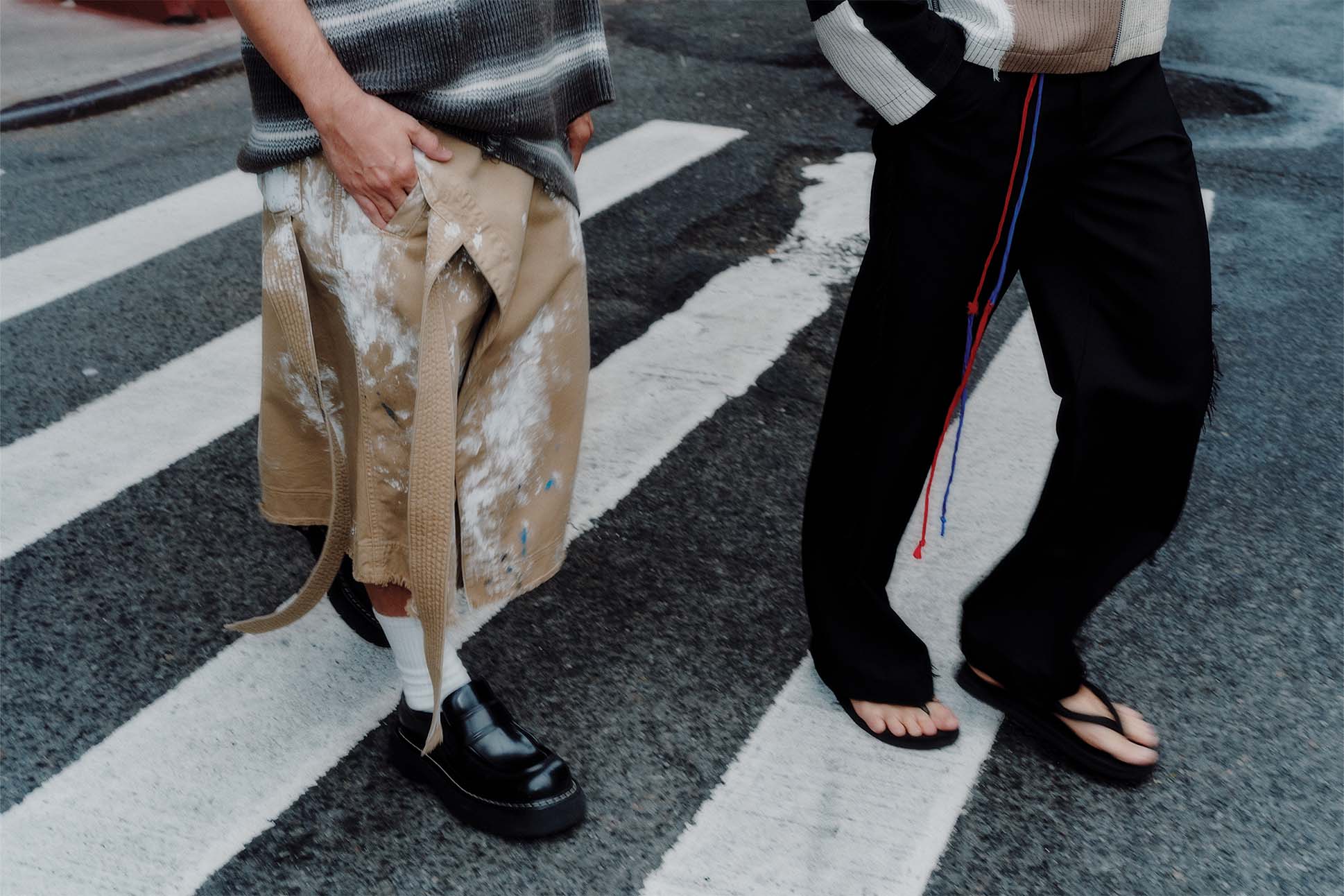
On operating from an ethical framework
“In the industry, we always hear these words of inclusivity and representation, which are obviously very important, but they can be marketing terms. We always say Passionfruit has an intention-based approach to projects, and that comes down to every decision, be it behind the scenes, like the local cuisine served, the photographers, and the dressers, or in front of the camera, like the people in the audience or the models in the Jacquemus show. It really was making sure that we could fill in local talent at every level, not just the most visible.”—Taylor Okata

Ann Harakawa
CEO & Managing Director, Two Twelve
Born and raised: O‘ahu
Seeing the (wayfinding) signs: University of Hawai‘i at Mānoa, Ward Village, Honolulu Authority for Rapid Transportation, Queen’s Medical Center
On working in Hawai‘i versus the continent
“For our projects, Hawai‘i offers more instances to be place-based and connected to Hawaiian culture. We try to integrate a similar sense of place and culture to other projects outside of the islands, but the fact is that most don’t have that same kind of connection to the area and the stories around them. There aren’t as many design opportunities here, but there is a tremendous amount of creative energy in the community.”
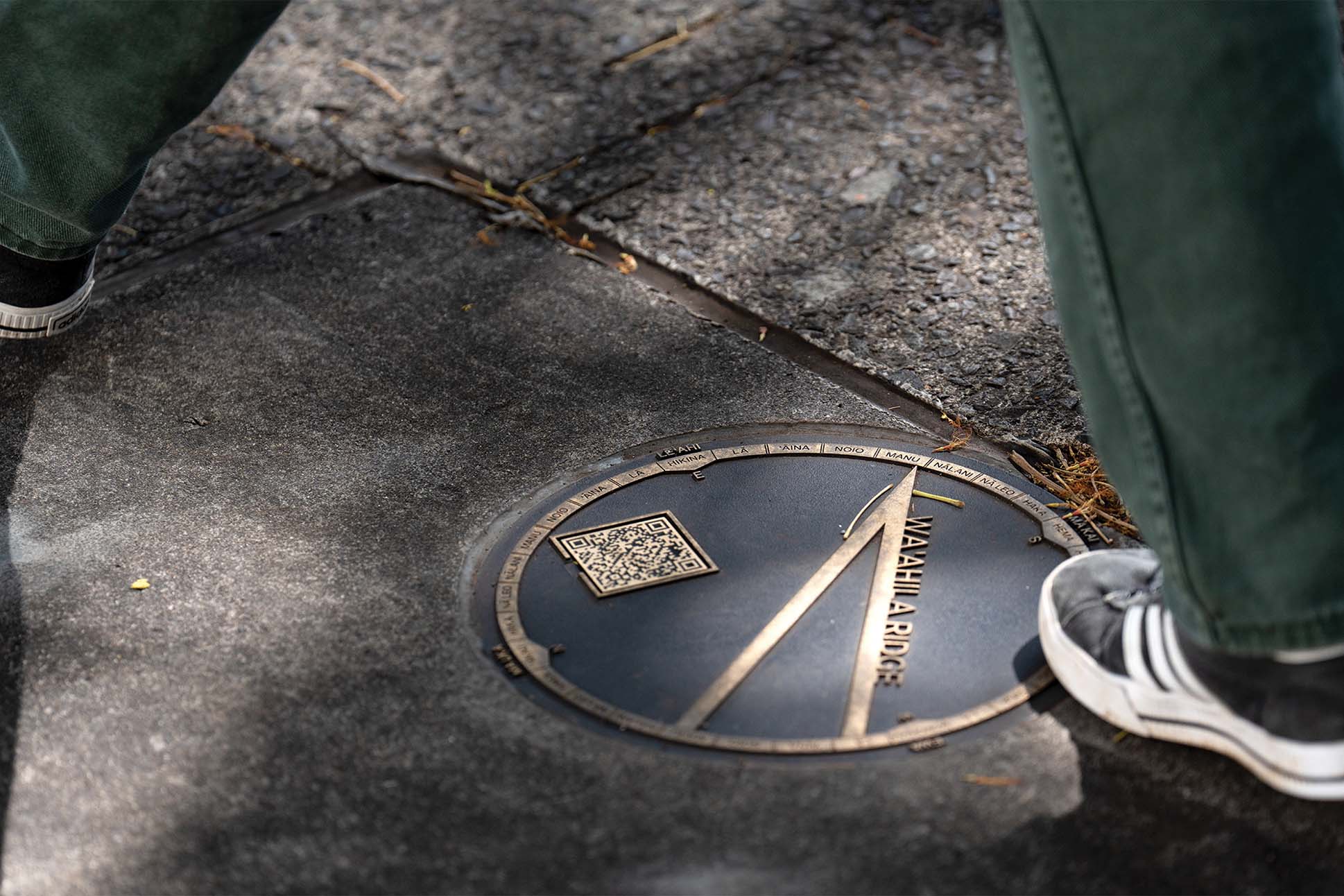
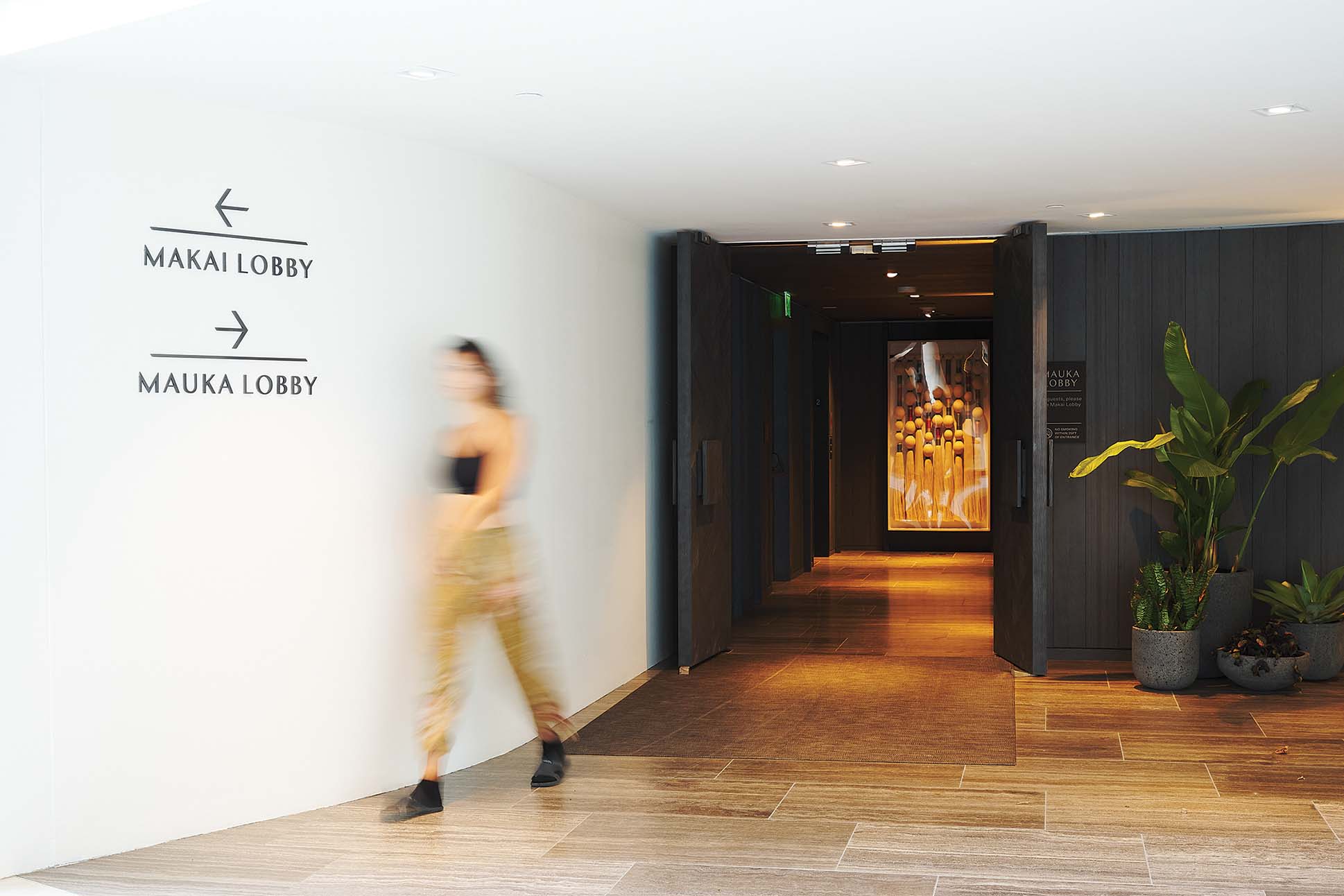
On collaborations with Kānaka Maoli cultural practitioners
“In 2015, we were designing signage for Ward condominiums and brought in Sig and Kūha‘o Zane as cultural consultants. It was groundbreaking at the time from a design standpoint because most people were doing it with language. The Zanes went back to the primary sources of chants and helped us bring that meaning into our designs. With the Skyline, better known as the rail, Ramsay Taum helped us understand the neighborhoods and the deeper Hawaiian metaphors for station maps. Wayfinding in Hawai‘i means making people aware of the deep ‘āina connection and meaning and respect for the land, people, and real culture. Not just for the sun and ocean or the mountains.”
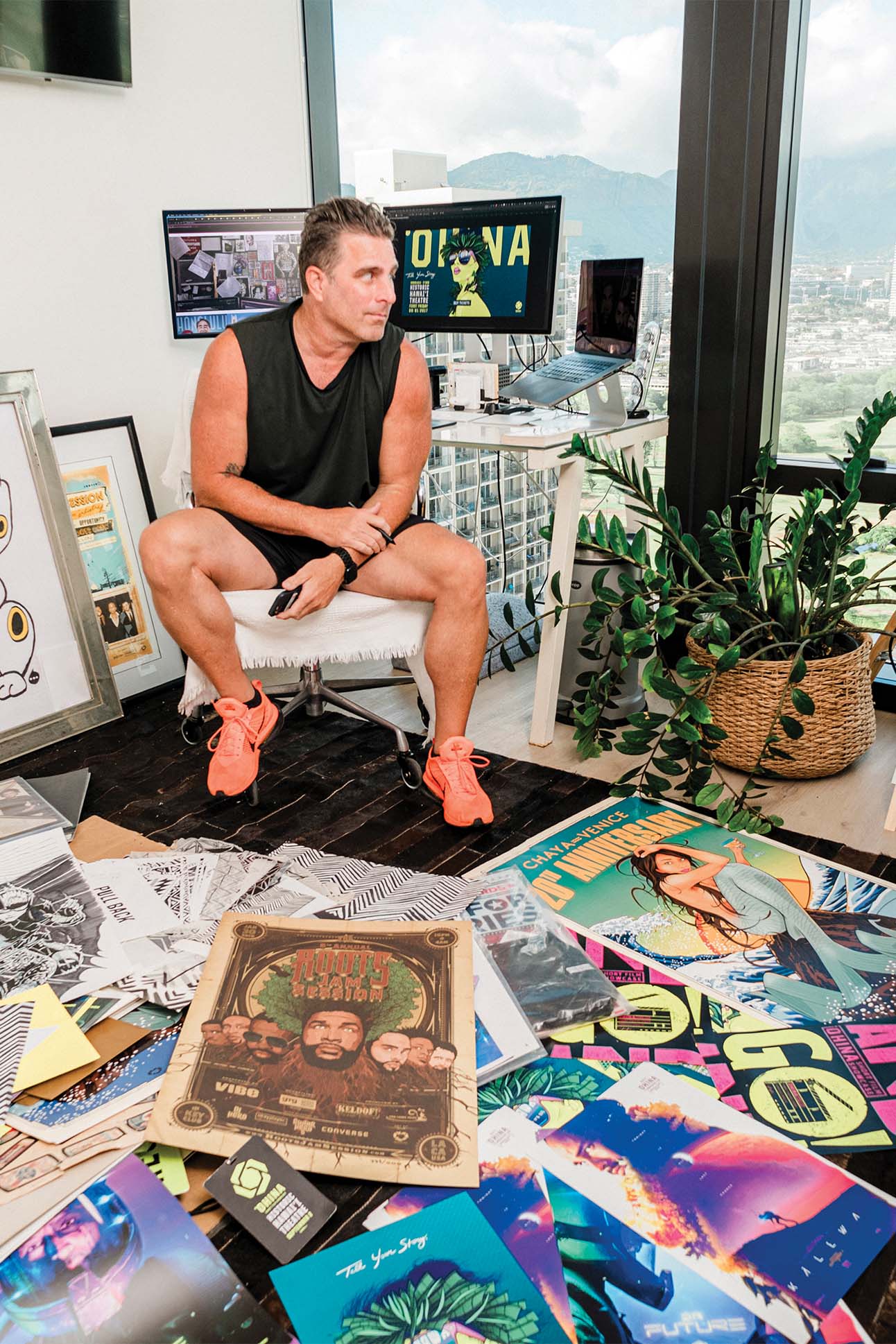
Erik Ries
Creative Ideator & Conversation Instigator
Born: California
Raised: Oregon
Hawai‘i resident: 13 years
Where you’ve seen (some of) his work: Posters for Girl, Interrupted, The Green Knight, and The Morning Show
On making creative work in the islands as an outsider
“My main means of financial survival comes from Hollywood and leaves me out of the scramble to find clients on the island. The time I did try to break into the local creative scene, I found it to be very difficult. Any creative here needs to have a strong sense of relationship to the local community. Without it, I don’t believe you can be successful. That said, when I’m dealing with anything specifically Hawaiian in subject matter, I ask for direct input from, and the perspective of, someone in the community. I try to ensure I’m being culturally aware and correct whenever possible, and to ‘celebrate, don’t appropriate.’ At least, that’s the goal.”
I see a modern Hawai‘i finding its identity by rooting itself in culture and bucking the cliché and stereotypes that defined ‘Hawai‘i’ for so long.
Scott Na‘auao
On common misconceptions about Hawai‘i
“Hawai‘i should not be viewed as a playground for the world’s travelers. It is the home of everyday people trying to survive, like anywhere else. People are working two, maybe three, jobs just to make ends meet. Add that onto [Hawai‘i] being an illegally occupied sovereign nation that has had its people’s culture suppressed since the overthrow, and it’s an extremely complex environment to navigate. It should be approached with sensitivity and respect. Many from the outside have tried and failed.”
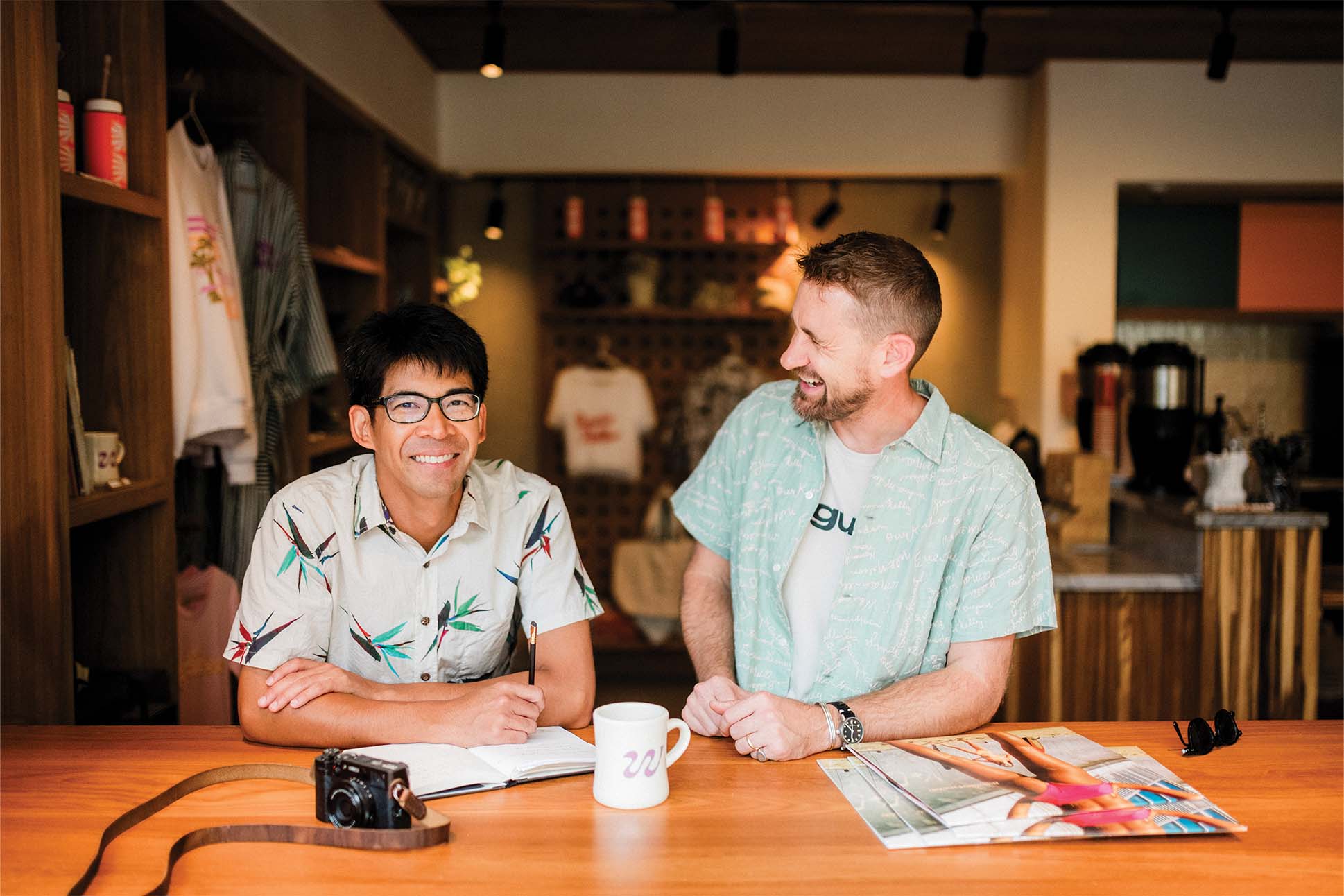
Scott Na‘auao & Jesse Arneson
Partners & Creative Directors, Welcome Stranger
From: Kāne‘ohe (Scott), Montana (Jesse)
Their (visual) vibes: Kaimana Beach Hotel, Wayfinder Waikiki, Moku Kitchen, Hawai‘i Triennial 2025
On being a Kanaka Maoli creative director
“As a Native Hawaiian creative director, defining what is authentically Hawai‘i is my responsibility. With growing relevance of Native Hawaiian culture, placekeeping, and an increased interest in ‘ōlelo Hawai‘i, I see a modern Hawai‘i finding its identity by rooting itself in culture and bucking the cliché and stereotypes that defined Hawai‘i for so long.” —Scott Na‘auao
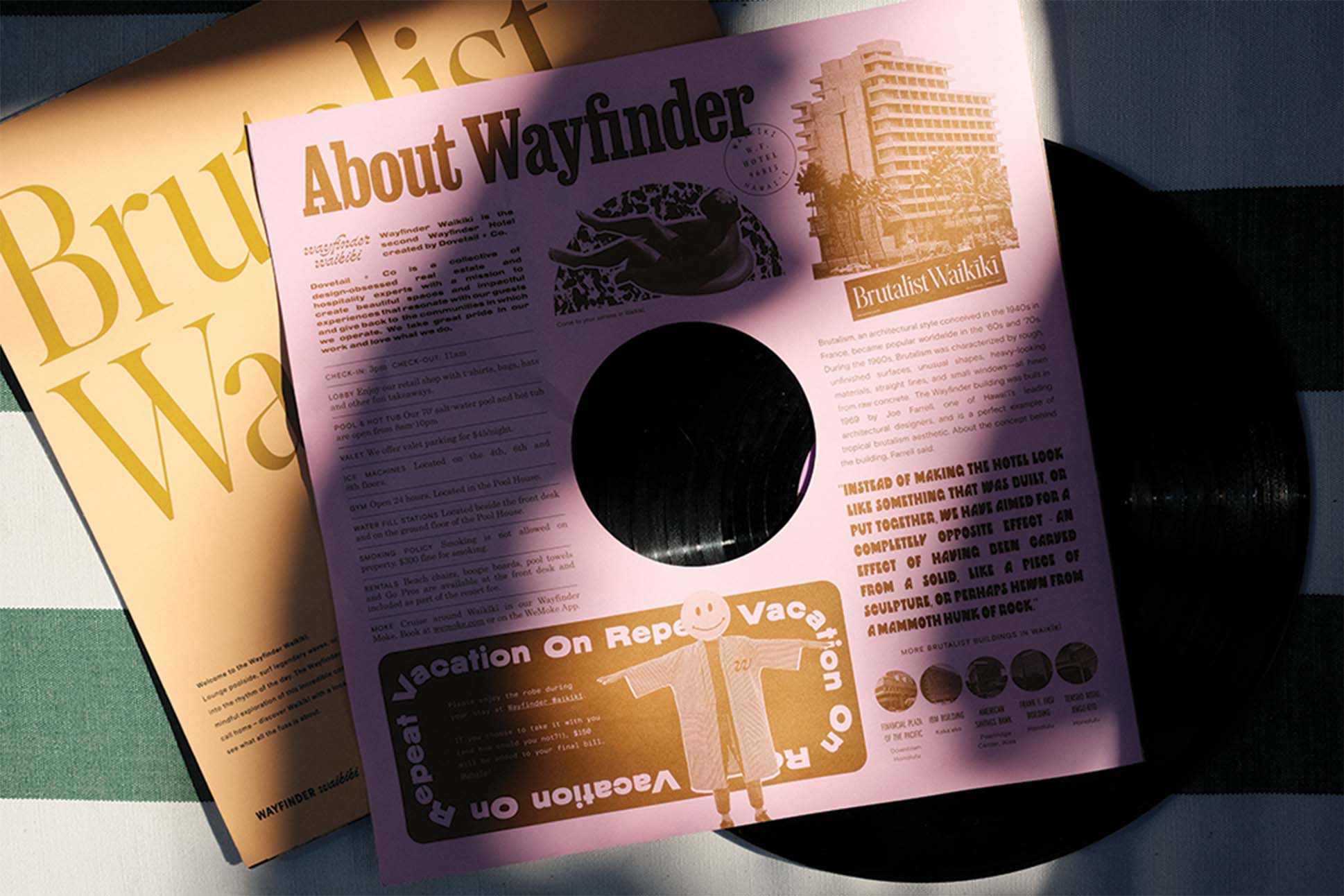
I’m enjoying the shift in the creative industry as they incorporate culturally aware topics in their campaigns. If you can think of this place as the Hawaiian Kingdom and not the State of Hawai‘i, it can open you up to a different approach and execution.
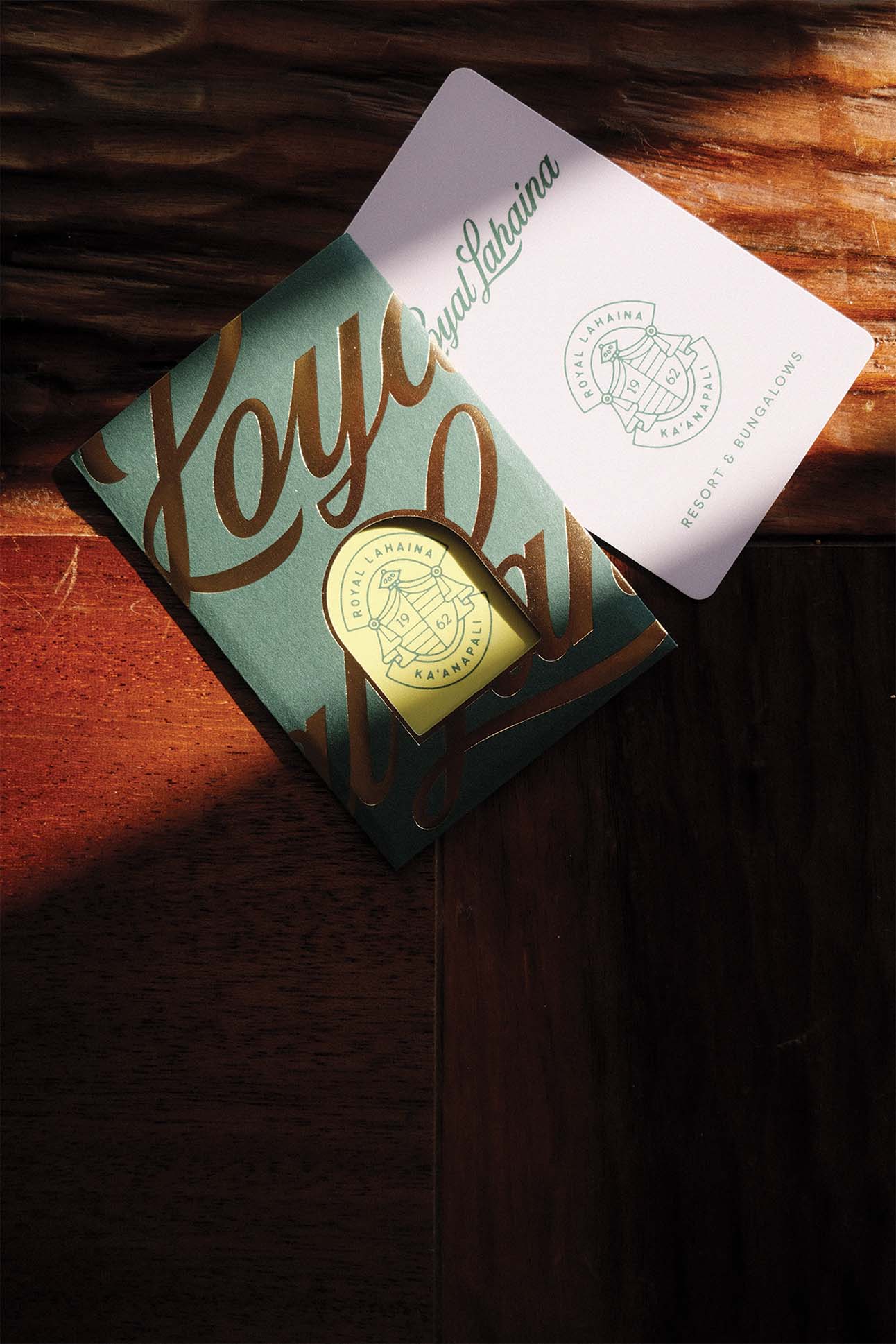
On limiting aesthetics and producing better work
“Since I’m not from here, I see things differently than Scott does, which allows us to have a fresh perspective and sensitivity. It forces us to tease out how to make something interesting and relevant in a place with so many different cultures. The challenge is the ball and chain of clients wanting that classic, ‘nostalgic’ visual era of Hawaiiana from the 1950s to 1970s. We try to be authentic, but even authenticity is a fraught word that requires attention because it means defining whose perspective is authentic and whose isn’t. A lot of us are asking those questions and the creative coming out of here has gotten stronger.”—Jesse Arneso
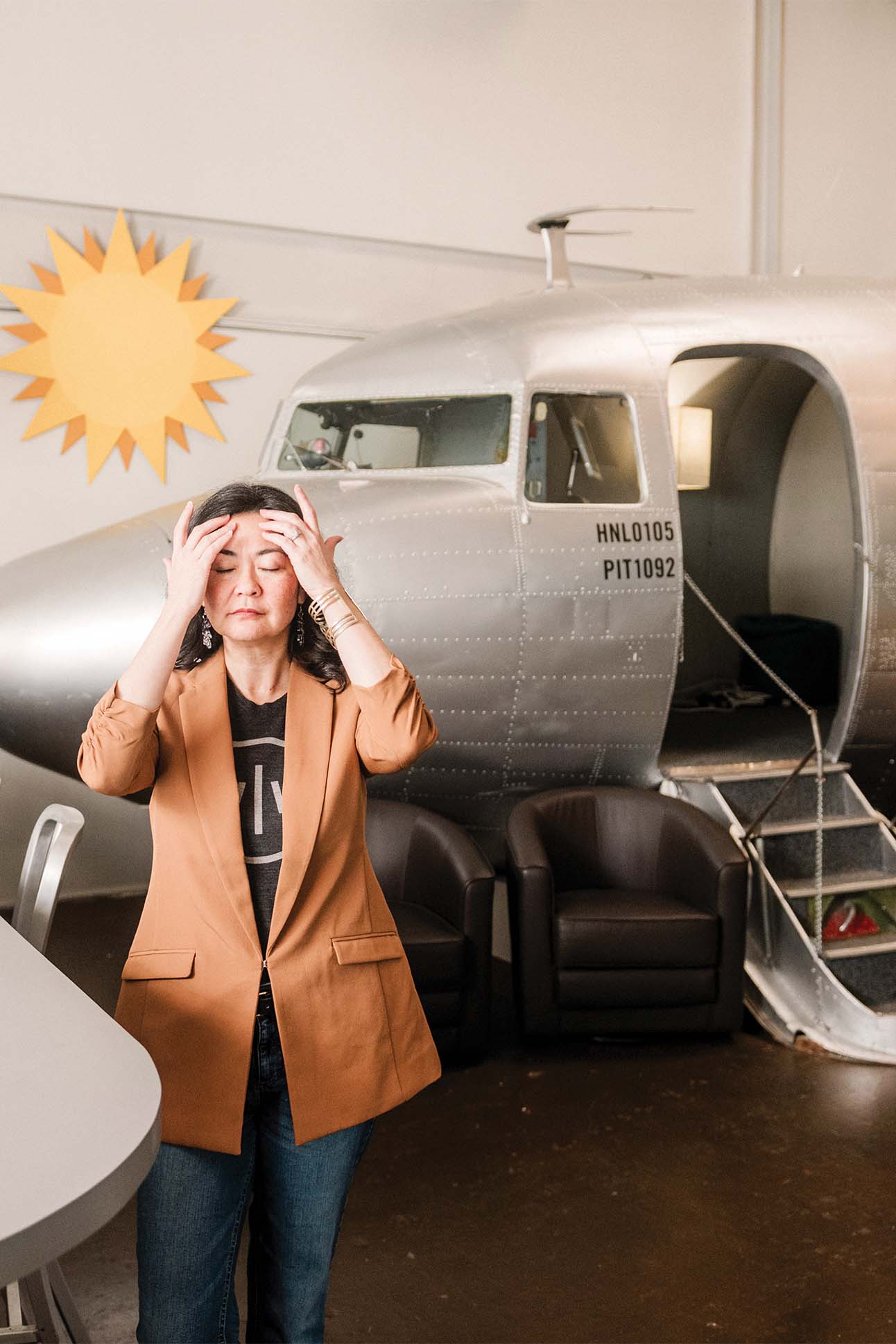
Malia Wisch
Partner & Creative Director, Wall-to-Wall Studios
Born and raised: Kailua
A glimpse into her branding universe: Bishop Museum, Capitol Modern, Kalapawai Market
On a creative agency’s role in telling authentic stories
“We had a funny conversation with a hotel client that wanted to show the ‘golden age’ of Waikīkī. We pushed back and asked, ‘Well, what year was that?’ Because there have been many. Pre-contact, it was a royal playhouse for the ali‘i. Before statehood, there was the steamship era. Then there was the Beach Boys and Elvis. The client believed it was this one time, but really they were mixing a bunch of eras and making an assumption. Our job is to ask which one are we embodying? We’re very careful and thoughtful about when to apply a Hawaiian story. There has to be a valid connection, otherwise we won’t go there.”
We tell our clients, if you’re not from Hawai‘i, that’s OK, just don’t hide it. Don’t pretend. Just make that part of the story. One client was this crazy mashup of East Coast and Hawai‘i, and that is part of authentic Hawai‘i, right? Something fun and beautiful about this place is that it is a crazy mashup of everything.
On how design can deepen an understanding of Hawaiian culture
“When I started working here in the early aughts, we started to shift away from designing flowers and hula girls and diving into culture and stories. Hawaiian scholars, like Mary Kawena Pukui, and the renaissance of the ’70s gave us deeper access to culture. It went from just selling Hawai‘i to wrestling with the question: Where is that line between cultural appropriation and using a story because it makes visitors feel good, versus truly educating and benefiting visitors and residents? I’m a third-generation resident who isn’t Native Hawaiian. I’ve learned more about Hawaiian culture working as a designer because we have to dig into these stories and find ones that really connect and make sense.”

